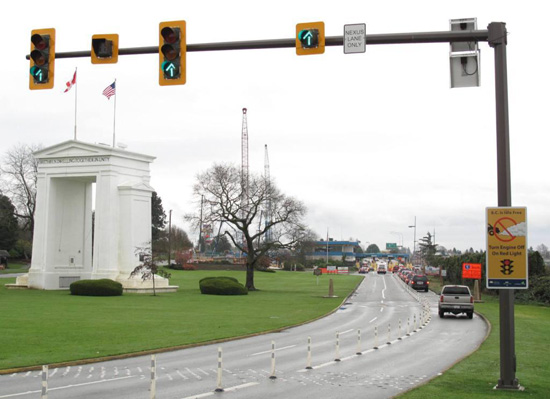The American government is proposing to impose a new fee at the border, one that you could be forced to pay each and every time you cross the Canada-U.S. border.

Border line ups of 40 minutes or more don’t seem to be a deterrent for many people heading south. But the idea to charge all vehicles and pedestrians a fee to enter the United States doesn’t seem to say welcome at all.
The Department of Homeland Security’s 2014 budget includes a plan to study the feasibility of charging a crossing fee at both the Canada and Mexico borders.
The idea has already caught the attention of some U.S. businesses that rely heavily on Canadian consumers.
“It’s a really bad idea. I know that we charge people on airline tickets for security, I think we need to have a much broader discussion with governments on both sides of the border before we just immediately say let’s study how we are going to get people to pay at the border,” says Ken Oplinger, Bellingham/Whatcom County Chamber of Commerce
One of the harshest critics of the fee is Democratic Congressman Brian Higgins — he’s vowing to put the brakes on the idea — saying it sends a bad message.
“Fact of the matter is, the United States and Canada have been trading partners and friends for more than a hundred years. We should be looking to remove obstacles between the U.S. and Canada and not impose new ones.”
Higgins also questions the motivation for the fee and where the revenue would be spent.
“And I have a concern based on nothing more than my intuition that this may be an attempt to extract a fee from northern border users to subsidize the labour and security intensive work that is needed on the southern border.”
If implemented, the land crossing fee would apply to about 350 million travellers to the U.S. each year.
The Department of Homeland Security plans to study the idea for nine months — but if brought in, those headed south won’t have any choice but to pay.




Comments